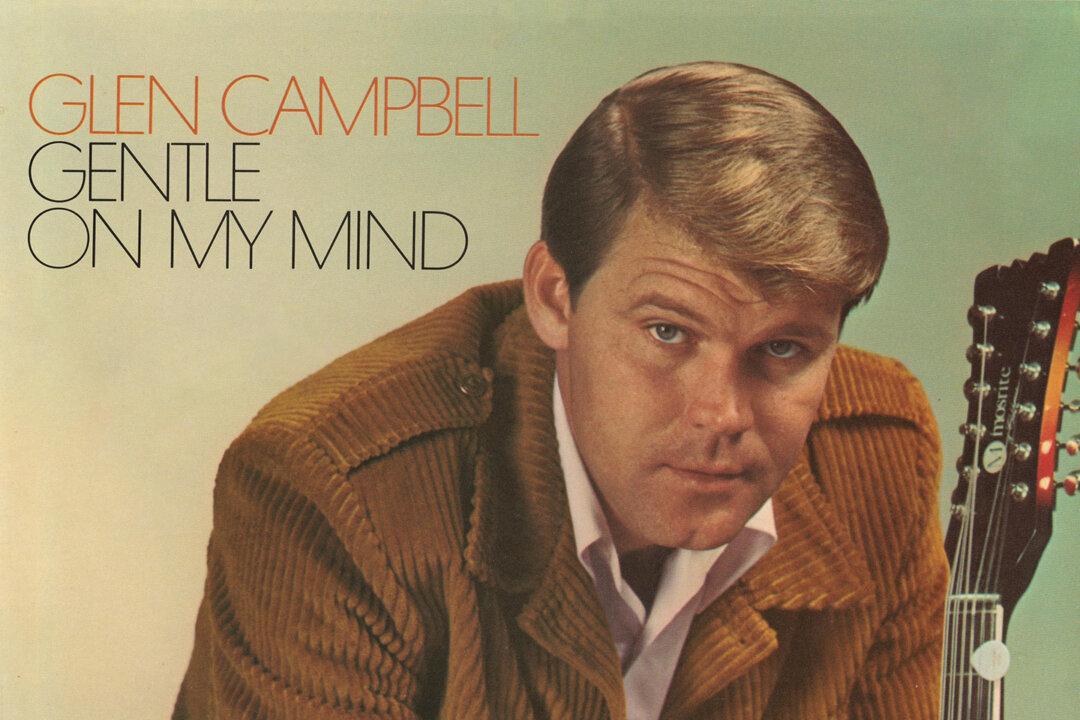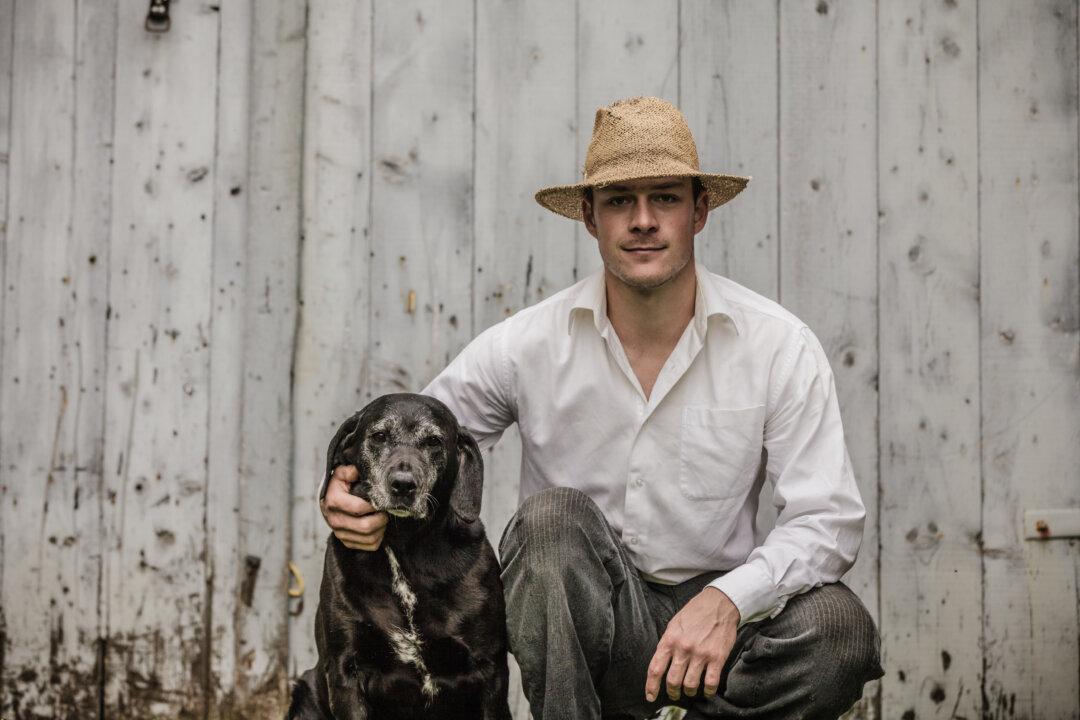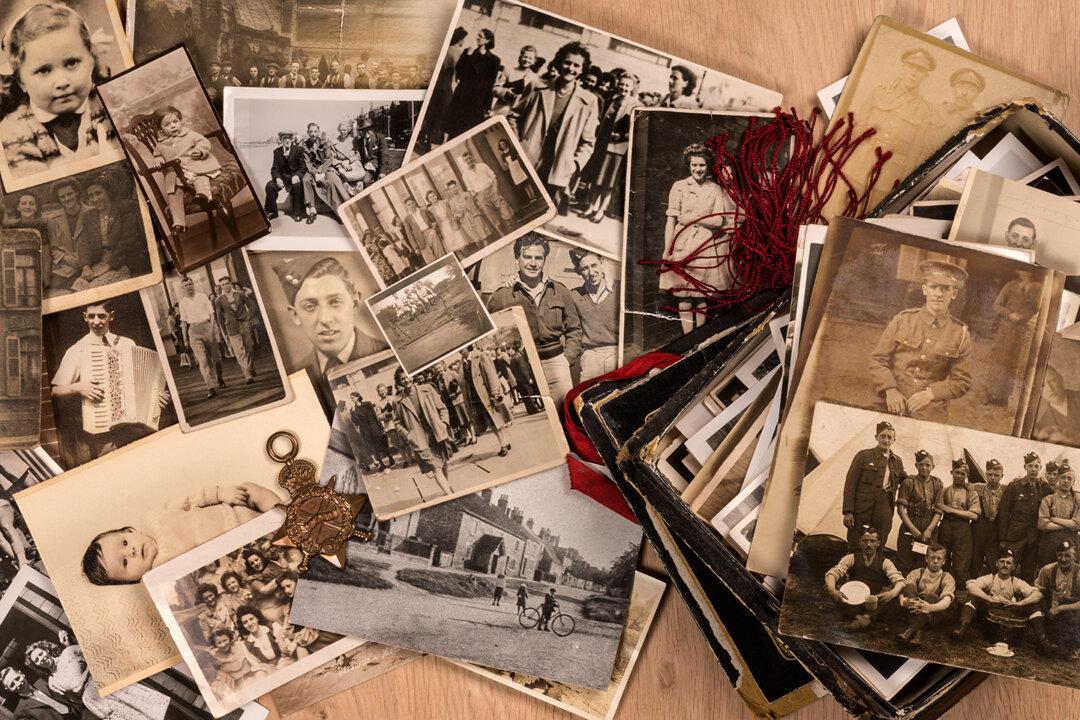In the closing years of the 1940s, vocalist Iris Colleen Summers, who later took the stage name Mary Ford, received a phone call that would change the trajectory of her career and her life. The California native had been the backup vocalist for one of the country-western genre’s biggest singing cowboys, Gene Autry. Now, she was headed out on the road with one of America’s most talented six-string pickers.
The phone call she received was from guitarist Les Paul, now known as a pioneering figure of the modern guitar and one of the recording industry’s visionary innovators. In the late 1940s, Paul was still trying to make a name for himself.
An Ideal Bandmate
Summers, a talented vocalist and guitarist, eventually changed her name to Ford when she paired up with Paul. As the two tried to come up with a band name, Paul suggested they should find a shortened name for her that would pair well with his. While looking through the phone book, they landed on a listing for a “Mary Ford.” Summers liked the name and quickly adopted it when performing.Paul’s phone call was to extend an audition her way. He needed a musical partner with perfect pitch who could keep up with him live and wouldn’t mind a heavy touring schedule. He was also searching for someone who wasn’t afraid to try new techniques while honoring their musical heroes who came before them.
Ford checked every box.
Paul and Ford were known for fusing genres. Their biggest hits often combined subtle pop elements with a classic country-western style. But a look through their entire catalog reveals that these two musicians utilized a wealth of stylings.

Their cover of the popular Shelton Brooks hit “Some of These Days” features a lighthearted, swinging rhythm. The duo’s “Farewell for Just a While” boasts a languid, tropical feel once described as having a “traditional Haitian melody.” They also tackled gospel standards like “Swing Low, Sweet Chariot,” and boldly released instrumental tracks at a time when vocals reigned supreme.
As innovative and experimental as they were, they stayed connected to their foundational influences. These were equally wide-ranging.
A Music Partnership Becomes Something More

Not long after the duo formed, a car accident left their work hanging in the balance. While driving on an icy road along Route 66 in 1948, their car spun out of control. Paul’s right elbow was shattered, and Ford broke her pelvis. Paul’s injury was so severe that he ran the risk of losing his arm. Thankfully, surgeons were able to save it. But he never regained full mobility of his right arm again. Knowing the injury would affect his guitar playing, he had the medical team set it at a specific angle so that even though he couldn’t fully extend it, he could still play.
Ford was instrumental in Paul’s recovery. As she helped nurse him back to health, the two fell in love. On Dec. 29, 1949, the couple tied the knot at a quiet Milwaukee County Courthouse ceremony.
In the spring of 1951, their singles occupied the first and second spots on the popular radio and television program “Your Hit Parade.” Their impressive, fast-paced “How High the Moon” garnered the No. 1 spot, while their playful, waltzing “Mockin’ Bird Hill” took second.

The duo’s musical output was vast, but no other song resonated with the country like their smash hit “Vaya con Dios.” The Spanish title means “Go With God,” but the rest of the song’s lyrics are in English. The heartfelt tune stands in sharp contrast to a good portion of their fast-picking catalog. Instead of guitar riffs and danceable rhythms, “Vaya con Dios” offers an intimate experience between listener and singer. As the song gently plays, Ford sings poetic lines about a love that transcends space and time.
Wherever you may be, I'll be beside you Although you’re many million dreams away Each night I'll say a prayer, a prayer to guide you To hasten every lonely hour of every lonely day.
The song’s theme speaks to the universal feeling of enduring love. No matter the distance covered or time passed, for the song’s protagonist, “the memories we share are there to borrow.” The lyric suggests an eternal quality that listeners still find comforting today.Innovative Contributions
One of Paul’s innovative recording techniques really helped “Vaya con Dios” shine. While recording, Paul urged Ford to get as close to the mic as she could. By doing so, Ford created an experience of unparalleled intimacy that made the listeners feel like she was softly cooing in their ear. Though it’s common now thanks to Paul’s penchant for experimentation, this recording method was very innovative in those days.
One of Paul’s other techniques came about due to sheer need of improvisation. While recording in a particularly loud room, he couldn’t get a clean recording of Ford’s vocals. Due to their pioneering use of overdubbing, which involves layering recorded tracks over one another, it was helpful to record vocal parts in one take. So that outside noise didn’t get in the way, he fashioned a few blankets to cover Ford while she recorded her vocals. This created the same type of effect that today’s vocal isolation booths give singers.
A Musical Household
Ford grew up in a musical household. Raised on country-western and gospel, she often performed with her family before forming her duo with Paul. When the duo started their own family, they raised their children in a musical household as well.Gene Paul, son of Les Paul and stepson to Mary, remembers fondly how the couple incorporated music into their lives while caring for their children. In an interview featured on the Les Paul official website, he said:
“Dad would be in the studio working on a tune, and Mary would be in the kitchen preparing dinner. Dad would call Mary to add some vocal parts. She would take off her apron, step into the vocal booth, sing the lead vocal, add four harmony parts, and then go back to the kitchen—all in one take! That’s who Mary was.”
The website describes Ford as Paul’s “musical equal.” The black-and-white live performance footage available of the pair features a capable Ford keeping up with a playful Paul note for note.
Gene attested to this high praise, saying: “I had a chance to see everything from the inside. Even on stage, Mary was impeccable. She would let Dad lead, and then she would fill in the blanks. She could keep up with Dad on the guitar and was completely comfortable with the instrument. It was remarkable to witness.”
Classic American Music

The catalog of music the duo released over the course of almost two decades has stood the test of time. While the popularity of rock ‘n’ roll caused acts like Les Paul & Mary Ford to fall by the wayside, their compositions have become classics among the canon of American music.
Like his visionary recording work, Paul’s innovative contributions to the guitar added to the group’s legacy. He is credited with not only designing but also building one of the first models of a solid-body guitar. This piqued the interest of the guitar-building company Gibson, which produced a version of Paul’s solid-body guitar down to each of his specifications. Later, Paul partnered with Gibson. Nowadays, one of the most recognizable and popular electric guitars remains the Gibson Les Paul.
Les Paul and Mary Ford’s contributions reach every corner of the music world, from songwriting and recording to performing and instrument innovation. Ford’s musicianship went on to influence future artists, and Paul’s name became forever linked to one of the world’s biggest guitar brands. Though their songs dominated just one decade, their contributions to music remain equally as influential today as they were when they began making music together all those years ago.







